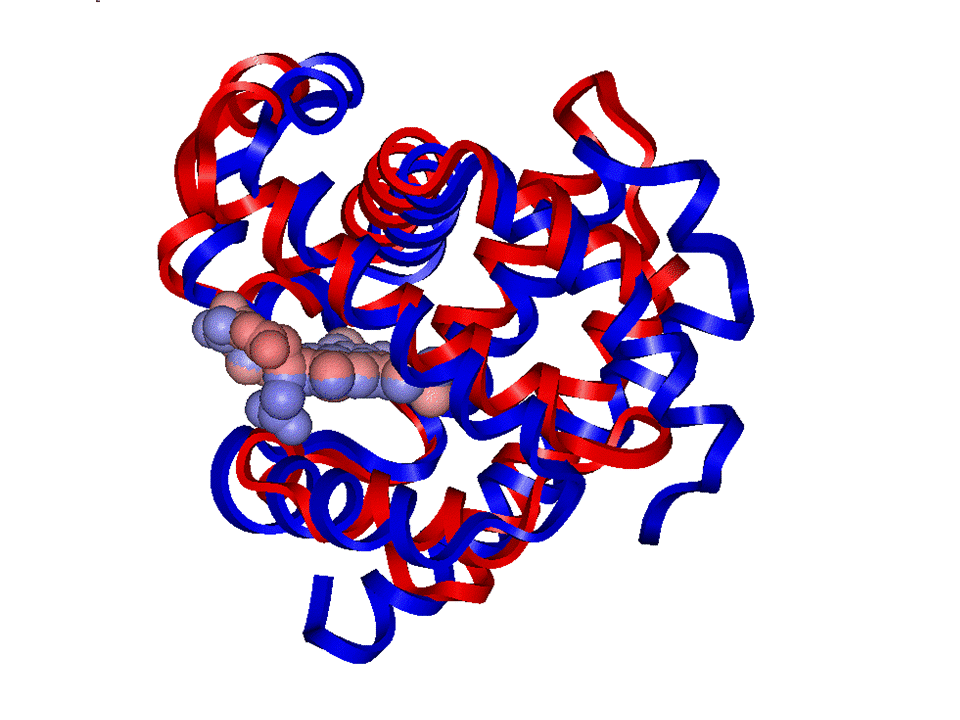Catalysis is life

Catalysis is an important branch of chemical investigation. Many chemical reactions used in synthesis require catalysis. Chemical industry is even more heavilty reliant upon catalysis for the processes that are used in energy conversion, manufacturing, pharmaceuticals and so on. As important as these applications are the role of catalysis is even more central to the functioning of a living cell. Life requires a concerted set of chemical changes that occur both rapidly and under external control. The degree of catalysis of reactions in living organisms is much higher than any catlaysis made by human activity. Thus, we can learn a lot by studying biological catalysts, or enzymes. Enzymes can be structurally characterized in a way that is often quite difficult to achieve for catlaysts made in the laboratory. For of these reasons, life is catalysis and catalysis is life.
In this laboratory experiment you will study a catalytic reaction that is typical of horseradish peroxidase (HRP). HRP is one of the first peroxidases discovered. In an article in 1950, Britton Chance described characteristic color changes of the enzyme when hydrogen peroxide was added to the solution. In addition, he showed that certain phenols were oxidized to quinones.
The assay that we will use a basic enzyme kinetic assay that uses the Michaelis-Menten equation for analysis. Many spectroscopic and structural techniques have been used to understand the structure/function relationships of peroxidase enzymes.
The laboratory protocol can be downloaded below:
The presentation of the principles is given in:
Pre-laboratory questions and numberical problems:
References
|